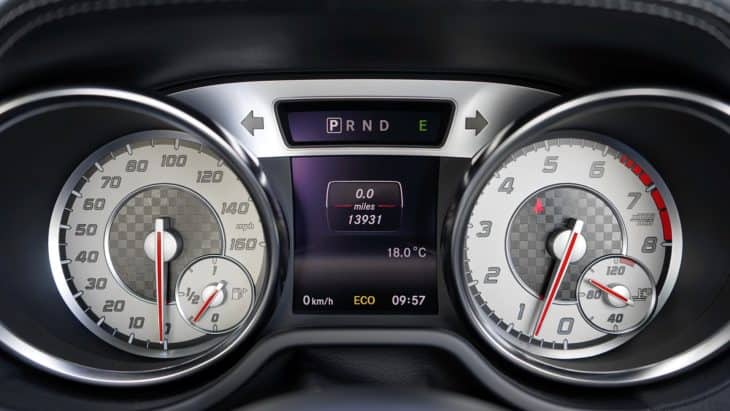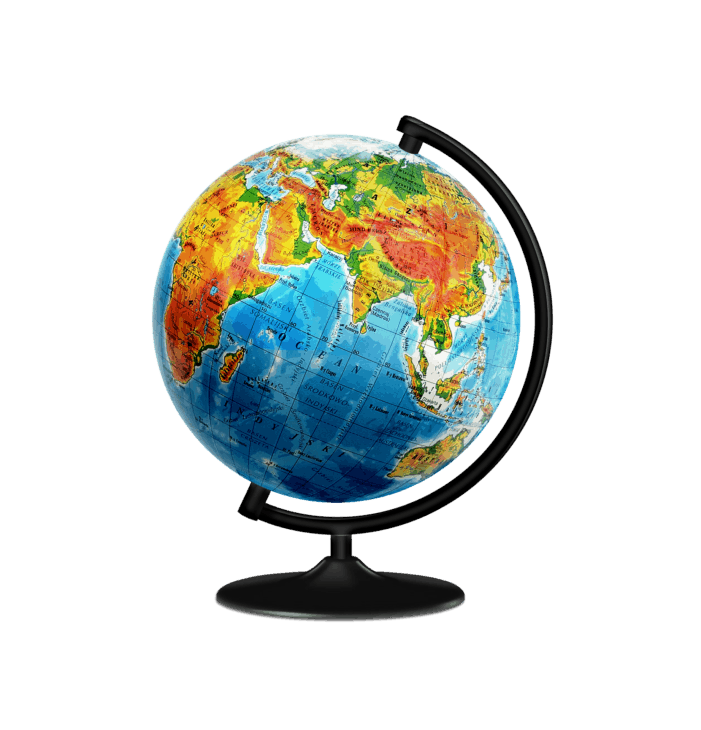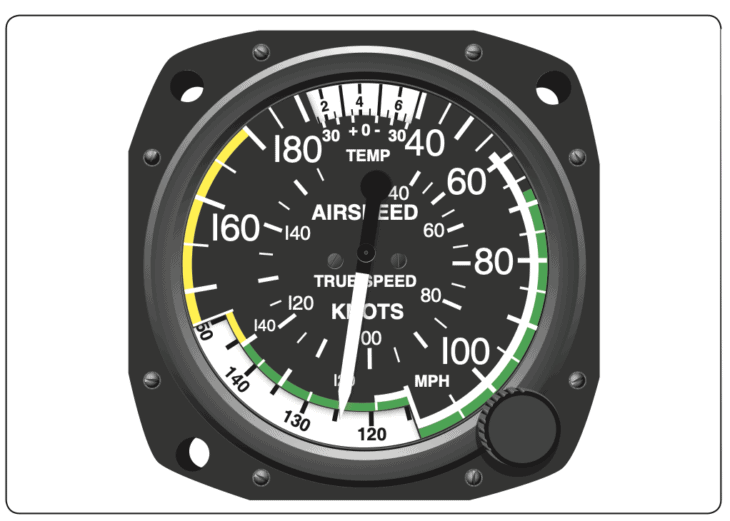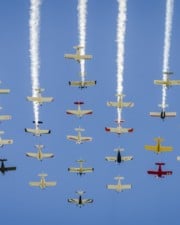Miles per hour. It seems like a simple concept, right? Well, think again. The next time you talk to a pilot, ask them how many MPH they’re flying. They’re probably going to have to think for a minute.
Table of Contents
There are different measurement standards in use in the world. Most people know the metric system, while the US uses the customary system and the UK the British imperial system. Each one has its historical importance, but none of these three systems are very useful when navigating over the earth’s surface. For centuries, ships have navigated using “nautical miles,” and when planes took to the sky, they continued the tradition.
| Type | Metres | Yards | Feet |
|---|---|---|---|
| Statute Mile (International Mile) | 1.609 | 1.760 | 5.280 |
| Nautical Mile | 1.852 | 2025 | 6.076 |
Standard Distance Units Compared
Diving into the what and how of measuring something as simple as how fast an airplane flies is a fascinating vignette of world history. There are three primary systems of measurements in the world today—the British imperial, the US customary, and the International System of Units (metric system).
British Imperial System
In British Commonwealth countries, the British imperial system of measures is used. The system has evolved over millennia, with roots in the Roman system. The modern imperial system was introduced in 1826 and regularly updated by amendments to the Weights and Measures Act. Most countries have moved on and now use the metric system, but the UK, Canada, and a few others still use the imperial system.
US Customary System
The United States, initially a British colony, used English units before its independence. When the British adopted the imperial system in 1826, the US was independent. As a result, the two systems have diverged ever since. But since both are based on the same original, both have similar quirks.
International System of Units (SI) (Metric System)
The metric system traces its roots to 18th century France and is now the only measurement system with a foothold in every country of the world. The SI system’s advantage is clear–it’s a coherent system with base units, and it can be expanded as needed. It keeps scientific work standardized and universal the world over, and it’s easy to understand.
The SI standard for measuring distance is the meter. The closest thing that the metric system has to a mile is the kilometer (km), which is used by more countries when navigating on land.
Measuring Distance–What is a Statute Mile?
Both the imperial and US customary systems have similar units of length. Both use inches, feet, yards, and miles. Each system has other measurements as well, but these are not commonly used. How deep is “20,000 leagues” under the sea, exactly? We’ll save that for another post.
In 1592, Queen Elizabeth I decreed a mile to be eight furlongs long. Since she made it into law, the mile has been known officially as the “statute mile.”
The US and UK agreed to standardize their length measurements in 1958. At that time, it was agreed that a yard would be equal to 0.9144 meters. So one mile is 1,760 yards, 5,280 feet, or 1,609.344 meters in both systems.
This is the type of mile that everyone in these countries uses; in their cars, they drive X number of miles from Point A to Point B. With a little math, they can calculate how many miles per hour (MPH) they’re driving or figure out how many miles per gallon (MPG) their vehicle gets.

But did you realize that there’s more than one definition of a mile? The term “mile” has been around since Roman times, and there are many different kinds in use to this day.
In ancient Rome, the mile was divided into 5,000 feet. But in early Britain, greater importance was placed on the furlong, a now archaic measurement equal to 10 chains or 660 feet. This is how the mile used in the US and UK eventually wound up containing 5,280 feet…it’s based on the root of 8 furlongs.
Other forms of mile include the Italian mile, which is defined as 1.852 kilometers, and the Chinese mile, which is 500 meters long. The miles used by the US and UK systems is known as the “statute mile.” But the most crucial mile in aviation is the nautical mile.
What is a Nautical Mile?
The problem with miles, especially those contrived from the paces of Roman legionaries, is that they are human measurements grounded in history but not in our understanding of the natural world. When man set out to navigate the sea, the distance of a pace, a foot, or a mile had little meaning.
Navigation on the high seas, and centuries later in the air, is based on the latitude and longitude grid lines. The nautical mile is directly created from these reference points.

Both longitude and latitude are measured in degrees. Each degree contains 60 minutes, and each minute has 60 seconds.
Longitude lines run north and south from the north pole to the south pole. They are also called Meridians since the Prime Meridian is the 0º line. They vary in distance from one another, so while the distance of one minute of longitude is constant at the equator, they continually get closer until they touch at the poles.
Lines of latitude, on the other hand, always run parallel. Cartographers and navigators even call them Parallels. Since their distance from one another never changes and is constant the world over, they are the perfect thing to base distance on.
So a nautical mile is derived from latitude. One minute of latitude is equal to one nautical mile. How long is a nautical mile? A nautical mile contains 6,076 feet or 1,852 meters. There was a period when different systems defined the nautical miles differently, but this has been standardized now so that everyone uses the same measurement.
What is a Knot?
Like MPH or MPG, with a little math, you can derive new units. If you want to know how much distance you are covering in an hour’s time, you will calculate the nautical miles per hour called a knot.

Why is it called a knot? According to NOAA, in the old days on tall ships, the navigator would use a tool called a common log. This consisted of a line of rope, with knots tied in it at a uniform distance. The end of the rope had a plate of wood that, when thrown overboard, would float on the surface of the water.
The navigator would let the line out and count the knots as they passed overboard. After a set amount of time, the number of knots that passed would equal the ship’s speed.
Related Posts













